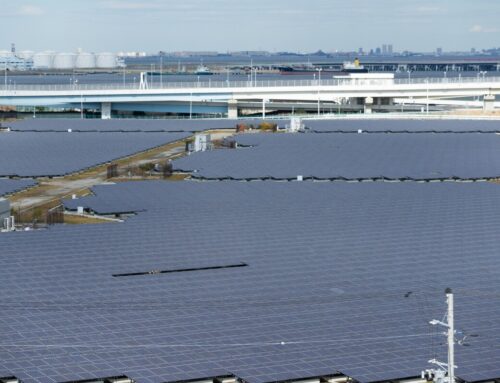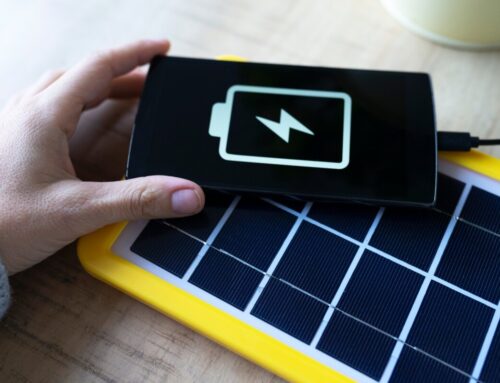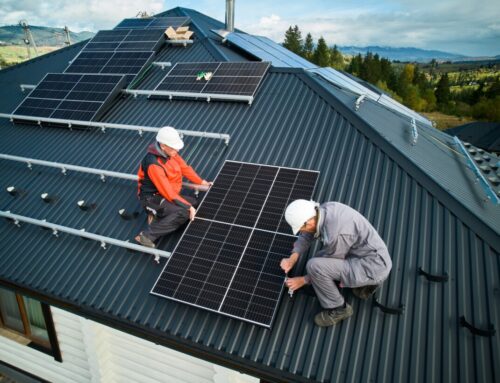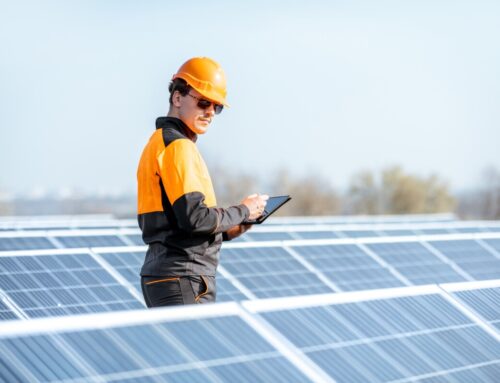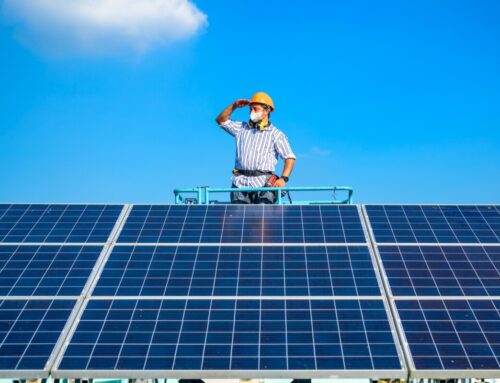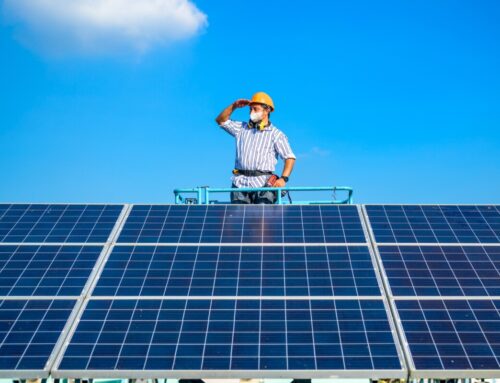Are Solar Panels Like Power Plants?
How Do Solar Panels Compare to Traditional Power Plants?
Are solar panels like power plants? This question often arises as more people seek sustainable energy solutions. Traditional power plants have long been the backbone of our energy infrastructure, but solar panels are rapidly gaining ground. Let’s explore how these two energy sources stack up against each other.
Energy Source and Production
- Traditional Power Plants: Typically rely on fossil fuels such as coal, natural gas, or nuclear energy. They generate electricity by burning these fuels, which releases energy.
- Solar Panels: Harness sunlight to produce electricity. They convert solar energy directly into electrical power using photovoltaic cells.
Environmental Impact
- Traditional Power Plants: Often contribute to air pollution and greenhouse gas emissions, impacting climate change.
- Solar Panels: Offer a cleaner alternative with minimal emissions, promoting a healthier environment.
Cost and Efficiency
- Traditional Power Plants: Require significant investment in infrastructure and fuel. Operating costs can be high due to fuel prices and maintenance.
- Solar Panels: Initial setup can be costly, but they offer long-term savings with low maintenance and no fuel costs.
In conclusion, while solar panels and traditional power plants both serve the purpose of generating electricity, their methods, impacts, and costs differ significantly. Solar panels provide a sustainable and environmentally friendly alternative, aligning with the growing demand for renewable energy sources.
The Science Behind Solar Panels: A Mini Power Plant on Your Roof
Have you ever wondered, “Are solar panels like power plants?” This question sparks curiosity and highlights a common misconception. While solar panels don’t have towering smokestacks or sprawling facilities, they operate on a similar principle: converting natural resources into usable energy. Let’s explore how these sleek panels transform sunlight into electricity, acting as mini power plants on your roof.
Solar panels harness the sun’s energy through photovoltaic cells, which are the heart of this mini power plant. These cells are made of semiconductor materials, usually silicon, that absorb sunlight and release electrons. This process, known as the photovoltaic effect, generates direct current (DC) electricity.
How Solar Panels Generate Power
- Photovoltaic Cells: Capture sunlight and initiate the energy conversion process.
- Inverters: Convert DC electricity into alternating current (AC), which powers your home.
- Grid Connection: Excess energy can be fed back into the grid, providing credits or savings on your electricity bill.
Unlike traditional power plants, solar panels produce clean energy without emissions. They offer a sustainable solution, reducing reliance on fossil fuels and lowering carbon footprints. So, while they may not look like power plants, solar panels perform a similar role, generating electricity efficiently and sustainably right from your rooftop.
Can Solar Panels Replace Power Plants in Energy Production?
Attention: As the world seeks sustainable energy solutions, many wonder, “Are solar panels like power plants?” This question sparks curiosity about the potential of solar technology.
Problem: Traditional power plants, while reliable, contribute significantly to carbon emissions. With climate change concerns rising, the need for cleaner energy sources is urgent.
Promise: Solar panels offer a promising alternative, harnessing the sun’s power to generate electricity without harmful emissions.
Understanding Solar Panels vs. Power Plants
Solar panels and power plants both generate electricity, but their methods differ significantly. While power plants burn fossil fuels or utilize nuclear reactions, solar panels convert sunlight directly into electricity using photovoltaic cells. This process is not only cleaner but also more sustainable.
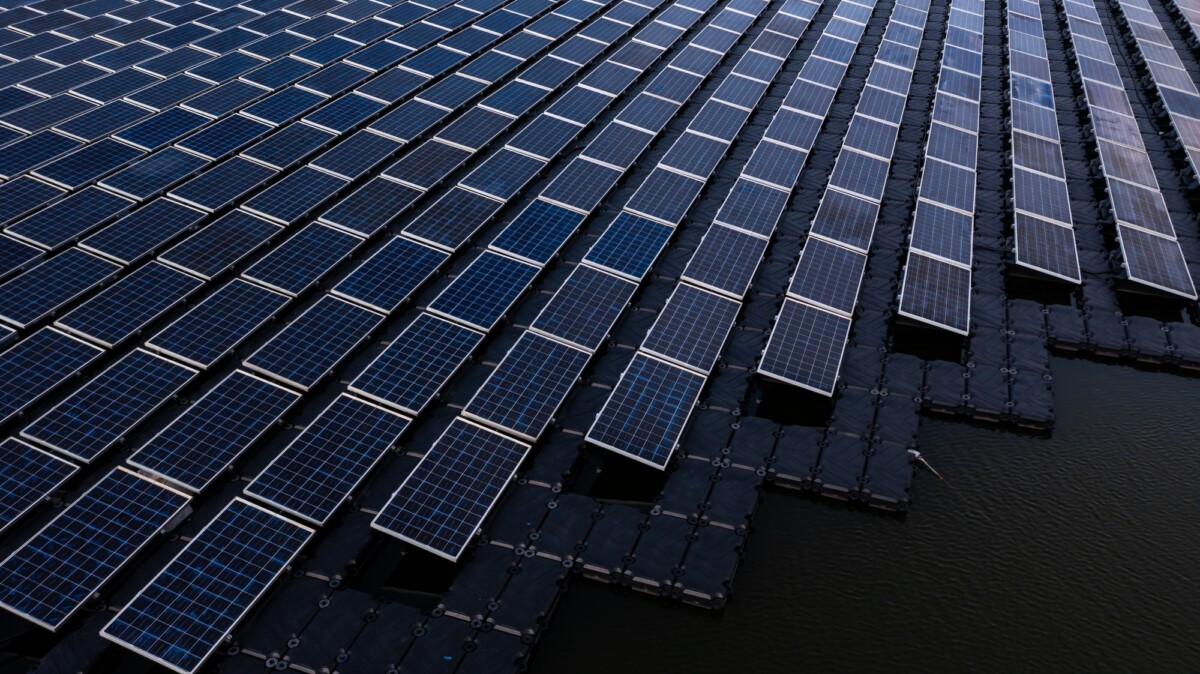
Curious about solar? Let us help you discover how solar energy can revolutionize your home and save you money. Request Your Free Solar Estimate at SOLAR ENERGY
Benefits of Solar Panels
- Environmentally Friendly: Solar panels produce no emissions, reducing the carbon footprint.
- Renewable Resource: Unlike fossil fuels, solar energy is inexhaustible.
- Decentralized Power: Solar panels can be installed on rooftops, reducing the need for large-scale infrastructure.
Challenges in Replacing Power Plants
Despite their benefits, solar panels face challenges in replacing power plants entirely:
- Intermittency: Solar energy depends on sunlight, making it less reliable without storage solutions.
- Initial Costs: The upfront investment for solar technology can be high, though costs are decreasing.
In conclusion, while solar panels offer a cleaner, renewable energy source, they currently complement rather than replace traditional power plants. With advancements in technology and storage solutions, their role in energy production will likely continue to grow.
Environmental Impact: Solar Panels vs. Conventional Power Plants
Are solar panels like power plants? This question often arises as we seek sustainable energy solutions. While both generate electricity, their environmental footprints differ significantly. Solar panels promise a cleaner, greener future, unlike conventional power plants, which often rely on fossil fuels, contributing to pollution and climate change.
Solar Panels: A Cleaner Alternative
Solar panels harness sunlight to produce electricity, emitting no greenhouse gases during operation. This clean energy source reduces our carbon footprint and reliance on non-renewable resources. Additionally, solar panels require minimal water for maintenance, conserving this precious resource compared to water-intensive power plants.
Conventional Power Plants: Environmental Concerns
Traditional power plants, especially coal and natural gas, emit significant amounts of carbon dioxide and other pollutants. These emissions contribute to air pollution and global warming. Moreover, power plants often require large amounts of water for cooling, impacting local ecosystems and water availability.
- Air Pollution: Conventional plants release harmful gases, affecting air quality.
- Water Usage: High water consumption can lead to shortages and affect aquatic life.
- Land Use: Large facilities require significant land, impacting habitats.
Conclusion: A Sustainable Choice
In conclusion, while solar panels and power plants both generate electricity, their environmental impacts differ vastly. Solar panels offer a sustainable, eco-friendly alternative, aligning with global efforts to combat climate change and preserve natural resources. Transitioning to solar energy is a step towards a cleaner, more sustainable future.
Economic Benefits: Are Solar Panels Like Power Plants in Cost Efficiency?
When you think about energy production, traditional power plants often come to mind. But are solar panels like power plants in terms of cost efficiency? This question is crucial as we navigate the transition to renewable energy sources. Solar panels promise a sustainable future, but how do they stack up economically?
Cost Efficiency Comparison
Solar panels and power plants both aim to generate electricity, but their cost structures differ significantly. Traditional power plants require substantial upfront investments in infrastructure and ongoing fuel costs. In contrast, solar panels have a higher initial cost but minimal operational expenses. Over time, this can lead to significant savings, making solar panels a cost-effective alternative.
Long-Term Savings
- Reduced Energy Bills: Solar panels can drastically cut electricity costs for homeowners and businesses.
- Tax Incentives: Many governments offer tax breaks and incentives for solar panel installations, further enhancing their cost efficiency.
- Low Maintenance Costs: Unlike power plants, solar panels require minimal maintenance, reducing long-term expenses.
Environmental and Economic Impact
While power plants contribute to pollution and environmental degradation, solar panels offer a cleaner, greener solution. This not only benefits the environment but also enhances economic sustainability by reducing healthcare costs and preserving natural resources. Transitioning to solar energy can thus be both an economically and environmentally sound decision.
Harnessing Solar Energy: How SolarEnergy Can Help You Go Solar
Are solar panels like power plants? This intriguing question often sparks curiosity among homeowners considering solar energy. While both generate electricity, solar panels offer a decentralized, eco-friendly alternative to traditional power plants. At SolarEnergy, we promise to guide you through the seamless transition to solar, ensuring you harness the sun’s power efficiently.
Solar panels, unlike power plants, are installed on individual properties, allowing homeowners to produce their own electricity. This decentralized approach reduces reliance on large-scale power plants, which often use fossil fuels, contributing to pollution and climate change. By choosing solar panels, you not only cut down on your energy bills but also contribute to a cleaner, greener planet.
Benefits of Going Solar
- Cost Savings: Solar panels can significantly reduce or even eliminate your electricity bills.
- Environmental Impact: Solar energy is renewable and reduces carbon footprint.
- Energy Independence: Generate your own power and reduce reliance on the grid.
Transitioning to solar energy might seem daunting, but SolarEnergy is here to help. Our team provides expert advice, helping you understand the benefits and process of solar installation. We connect you with trusted solar providers, ensuring you receive the best service and support throughout your solar journey. Embrace the future of energy with SolarEnergy and take the first step towards a sustainable lifestyle.
Future of Energy: Will Solar Panels Make Power Plants Obsolete?
Solar panels and power plants both generate electricity, but they do so in fundamentally different ways. While power plants rely on burning fossil fuels or harnessing nuclear reactions, solar panels convert sunlight directly into electricity through photovoltaic cells. This distinction is crucial as it highlights the potential for solar panels to provide a cleaner, more sustainable energy source.
How Solar Panels Compare to Power Plants
- Energy Source: Solar panels use the sun, an abundant and renewable resource, whereas power plants often depend on finite resources like coal and natural gas.
- Environmental Impact: Solar panels produce no emissions during operation, contrasting sharply with the pollution associated with traditional power plants.
- Scalability: Solar panels can be installed on individual homes or large solar farms, offering flexibility in energy production.
Despite these advantages, solar panels face challenges in completely replacing power plants. The intermittent nature of solar energy, due to weather and daylight limitations, requires advancements in energy storage solutions to ensure a consistent power supply. Moreover, the current infrastructure is heavily reliant on centralized power plants, making a complete transition to solar a gradual process.
In conclusion, while solar panels offer a promising alternative to traditional power plants, they are not yet poised to make them obsolete. Instead, they complement existing energy systems, paving the way for a more sustainable and diversified energy future. As technology advances, the role of solar panels in our energy landscape will undoubtedly expand, potentially reshaping how we think about power generation.
Don’t wait to go solar! Thousands of homeowners are saving—join them and start reaping the benefits.
Book Your Free Consultation at SOLAR ENERGY
Explore additional solar solutions at NEW SOLAR QUOTES and discover how it can benefit your home!


